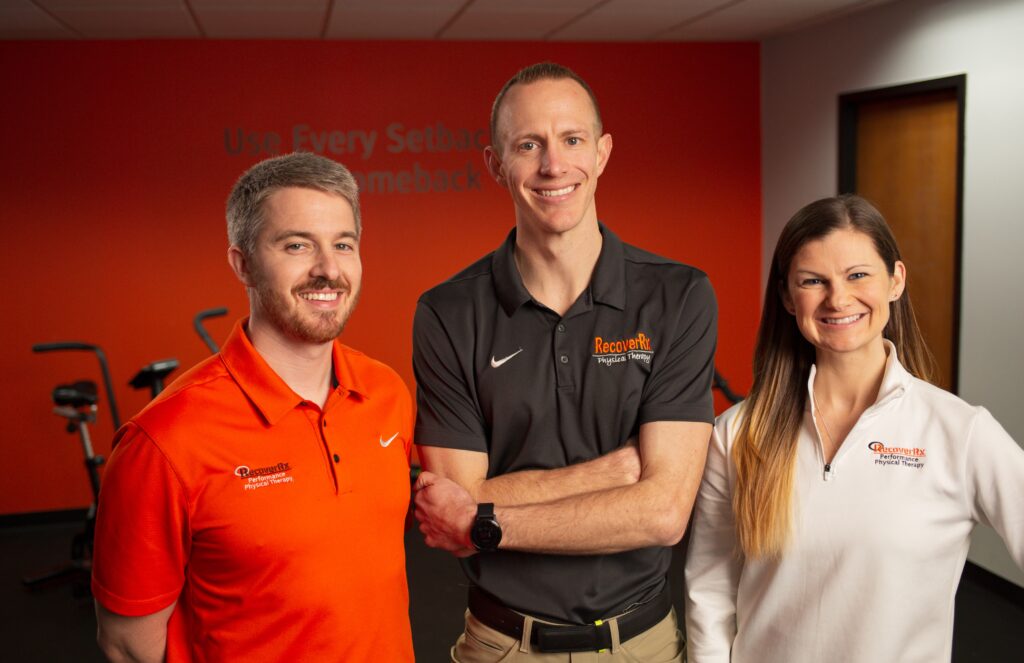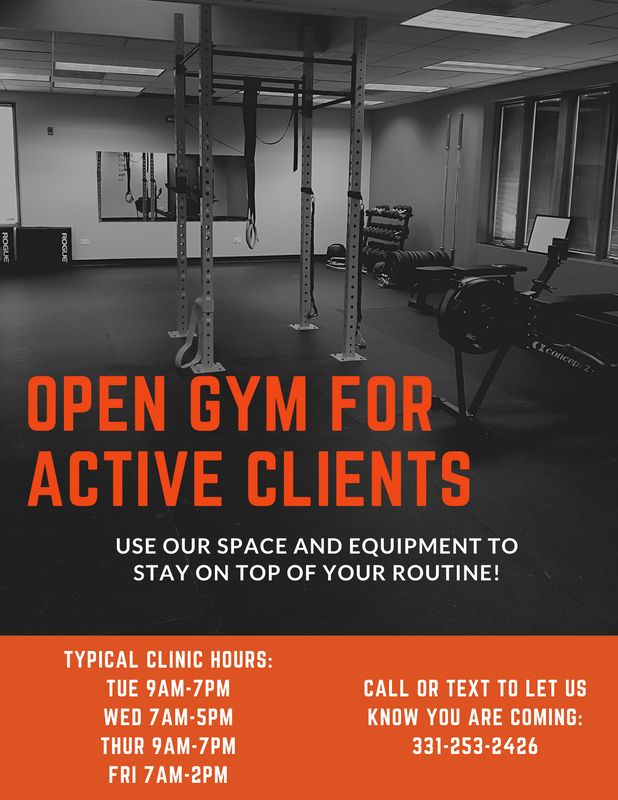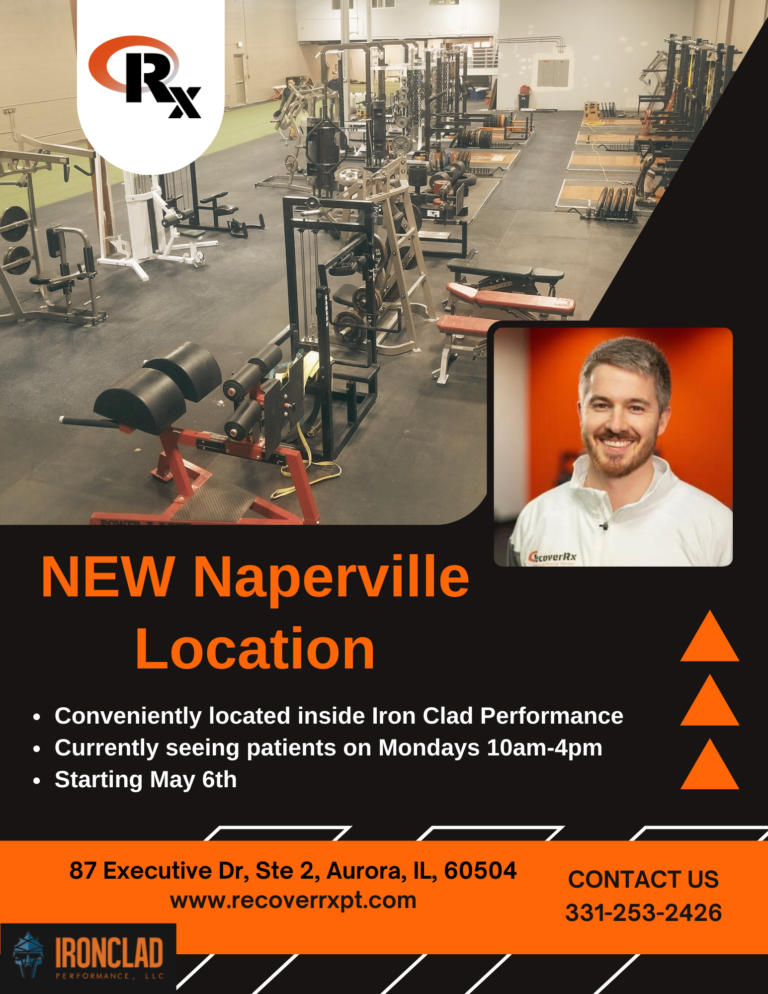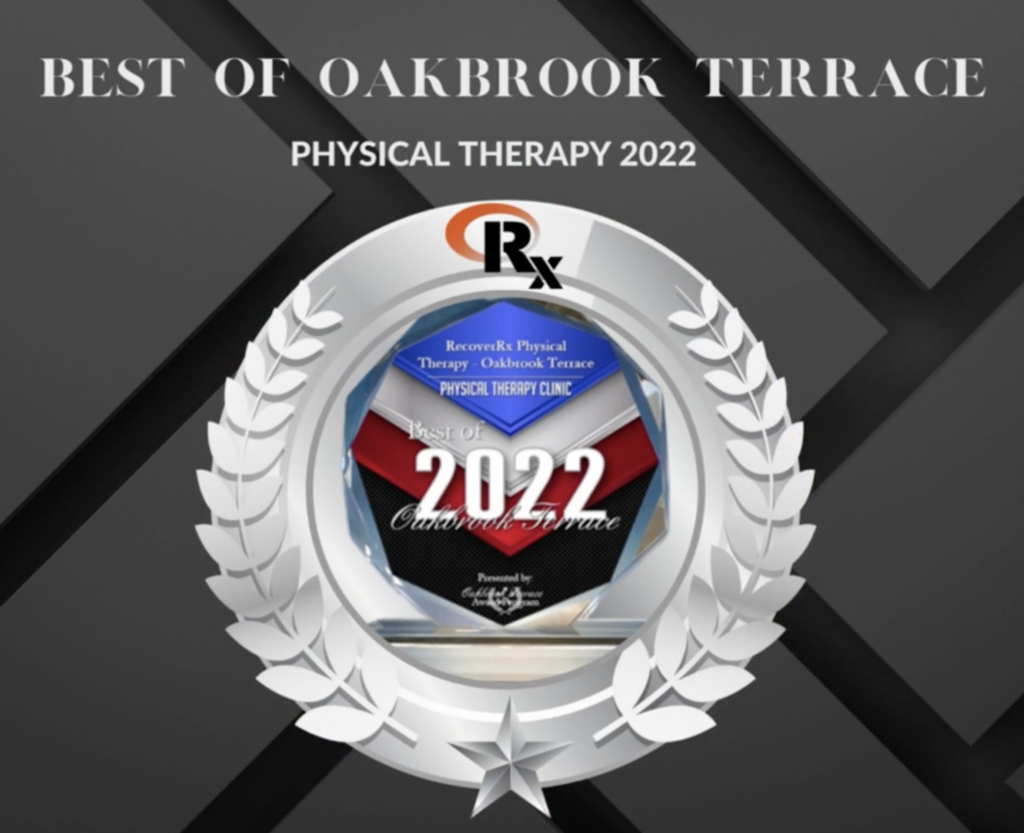Dr. Sarah Greenwell, PT, DPT, CSMPT
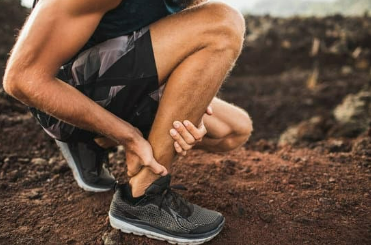
Well, I’m here to help clear up some of that confusion. And this time I have the evidence to back up the recommendations.
Achilles tendinopathy is one of the most common overuse injuries to the foot and ankle in sport, especially in runners. It presents as pain and swelling, tenderness with a possible lump, weakness during heel raises, difficulty running and jumping, and symptoms usually are worse with the start of movement and improve with light activity.
Although the condition was commonly referred to as tendonitis, this term is not usually accurate. Rather than an inflammation of the tendon, pain is typically a result of degeneration or failed healing due to continuous overload without appropriate recovery (1). The tendon becomes thickened over time, less elastic, and has decreased ability to tolerate load. |
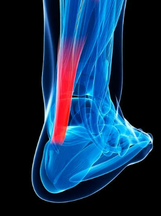
One of the most common causes is a sudden change or increase in training intensity or duration. However, contributing factors include decreased plantar-flexor strength, decreased hip control, abnormal ankle and midfoot range of motion, increased pronation (or flat foot), and increased body weight.
Typical passive (non-active) treatments involve rest, ice, ultrasound, cryotherapy, heel lifts, orthotics, and nonsteroidal anti-inflammatory drugs (NSAIDs). However, research indicates that heel lifts, night splints, orthotics, and taping are not recommended due to lack of evidence that they actually provide positive impact (3).
Rather, the treatment with the highest level of evidence for Achilles tendinopathy is physical therapy (1). Activity modification (cross training such as cycling instead of running or modifying run programs), stretching, and eccentric training can decrease pain while maintaining aerobic capacity, improving ankle mobility and correcting strength deficits. (3)
So when it comes to tendon recovery, rest is catabolic and activity is anabolic. Taking 2 weeks to 3 months off running/exercising does not lead to tissue repair. Rather, tissues just get weaker and lack the oxygen rich blood flow that helps promote healing. On the other hand, appropriate and progressive exercise and activity levels help to stimulate healing.
The first step is to modify the training regimen for appropriate load management and avoid aggressive stretching early on (excessive compression). Then, provide appropriate load to the tendon to promote remodeling, decrease pain, improve calf muscle endurance, and strengthen the lower leg. This can be achieved through a variety of exercise techniques (isometric-strengthening without movement, concentric-strengthening through muscle shortening, or eccentric-strengthening through lengthening muscle and tendon) and should be tailored to the individual’s needs and tolerance. Accepted guidelines are to maintain pain levels below 5/10 during therapeutic exercise and/or recreation/sports (swim, bike, run, walk). Finally, address any biomechanical issues (running mechanics, neuromuscular control/stability, proper footwear) that could contribute to symptom return.
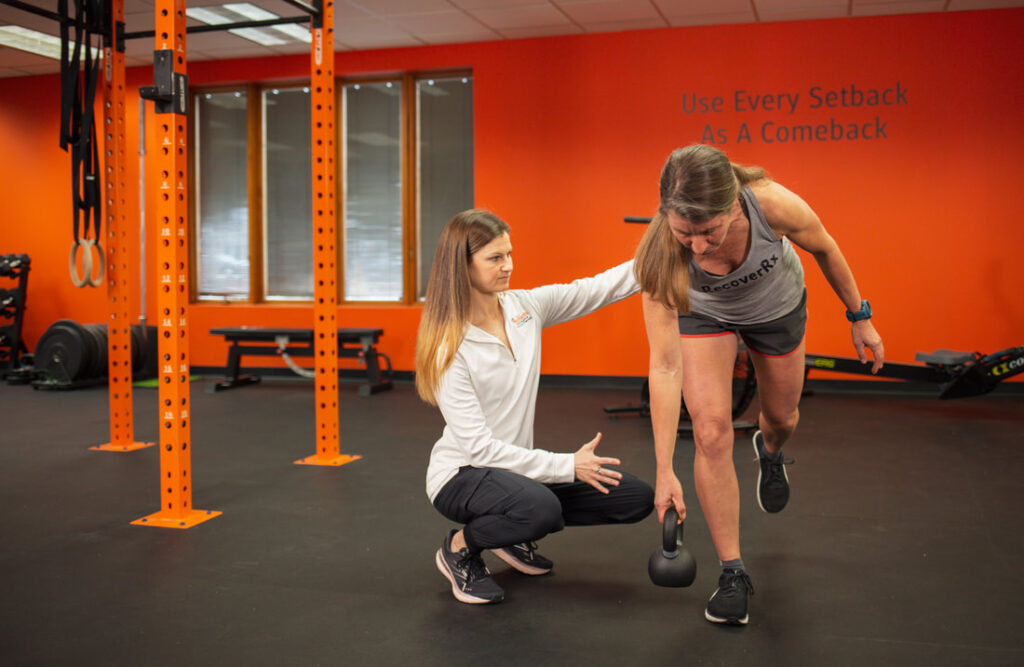
It is important to note that depending on the severity of the tendinopathy, full recovery can take a year or longer, and reinjury is common if return to sport is rushed (1). However, if symptoms are addressed early, severity can be reduced with smaller effect on sport performance and a shorter recovery time.
Therefore, if you are feeling pain or stiffness in the back of your calf/Achilles:
- Do not stop all exercise!
- Reach out to us at RecoverRx Performance Physical Therapy where we can help you maintain your fitness levels while actively treating and improving your Achilles symptoms!
Thanks for reading and reach out to me if you have any questions!
-Dr. Sarah
email: sarah@recoverrxpt.com
Resources:
- Silbernagel, KG, Hanlon S, Sprague A. Current Clinical Concepts: Conservative Management of Achilles Tendinopathy. Journal of Athletic Training. 2020 May; 55 (5): 438-447
- Martin RL, Chimenti R, Cuddeford T, et al. Achilles Pain, Stiffness, and Muscle Power Deficits: Midportion Achilles Tendinopathy Revision 2018. Clinical Practice Guidelines Linked to the International Classification of Functioning Disability and Health from the Orthopaedic Section of the American Physical Therapy Association. Journal of Orthopaedic & Sports Physical Therapy. 2018 April; 48 (5): A1-A38
- Kedia M, Williams M, Jain L, et al. The Effects of Conventional Physical Therapy and Eccentric Strengthening for Insertional Achilles Tendinopathy. International Journal of Sports Physical Therapy. 2014 Aug; 9(4): 488-497

